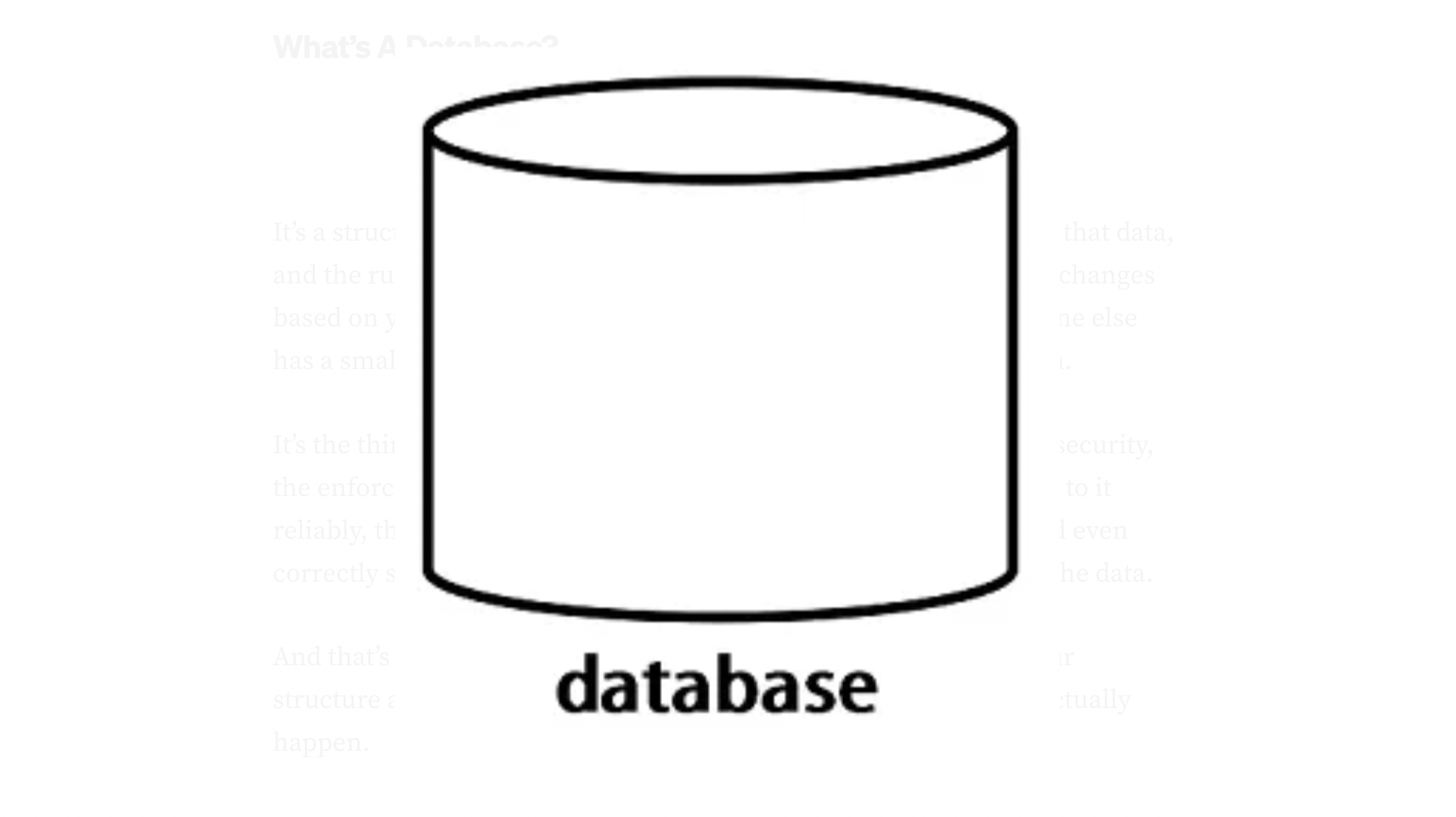
How Does Database Servers Work? Explained with Illustrations
Mar 06, 2025 5 Min Read 10968 Views
(Last Updated)
Have you ever wondered how your favorite applications manage to store and retrieve vast amounts of data effortlessly? Behind the scenes, there’s a crucial component called a database server that powers these operations.
In this blog, we’ll take a dive into the world of database servers, demystifying their purpose, inner workings, and why they matter for anyone venturing into backend software development.
We all use several different websites on a daily basis, right? Mostly all of them use databases to collect and store the data. Have you ever asked yourself how database servers work? Every budding programmer or computer geek might stumble upon this database server working model. Here is a startup guide for you to track the working mechanism of Database Servers.
The best part: It is a good visual treat, a visual representation well covered with Text. So without wasting any time, let’s begin.
Table of contents
- What are Database Servers?
- How Does a Database Server Work?
- Data Storage
- Query Processing
- Data Retrieval
- Why is Knowledge of Database Servers Important for Backend Software Development?
- Efficient Data Management
- Scalability and Reliability
- Security and Data Integrity
- Top Enterprise Database Software & System
- MySQL
- Oracle RDMS
- PostgreSQL
- MongoDB
- Microsoft SQL Server
- In Closing
- Frequently Asked Questions
- What is the difference between a database and a database server?
- Are all databases managed by a database server?
- Can I use any database server for my backend development?
- What role does the Database Management System (DBMS) play in a database server?
- How does a database server handle data consistency in distributed environments?
What are Database Servers?
Let us start with the basic definition of a Database and Database Server.
A database is a collection of information that is organized so that it can easily be accessed, managed, and updated.
A database server is a computer program that provides database services to other computer programs or computers using a client-server model. The term may also refer to a computer dedicated to running such a program.
Also, you should know that there are many different types of database server software. Some are open source (ie. MySQL, MongoDB, PostgreSQL) and some are commercial software (ie. MSSQL, Oracle).
Learn the difference between MongoDB & MySQL: MongoDB vs. MySQL: Which is the best to learn?
The process is not that complicated. Imagine that some computer has a contently running program that can understand some particular language (SQL or Structured Query Language), but only listens to someone specific (security measure) rather than everyone who tries to talk to it.
Now when someone who is allowed to talk to the Database Server sends it a command, the command will be processed and necessary data selected or updated from/to database storage. The result will be sent back to the requester.
Do you want to learn SQL the fun way: Try this!
Different types of database servers use various other data storage techniques (also called engines) and usually can utilize multiple engines at the same time depending on your needs. In most cases, all data is physically stored as files on the same computer where the database server is running, or on any remote storage.
How Does a Database Server Work?
To understand how a database server operates, let’s break down the process into three key components:
Data Storage
Databases comprise tables, rows, and columns, forming a structured storage system. When a database server receives data from an application, it organizes it into these tables and stores them securely. It ensures that the data remains consistent, allowing multiple users or applications to access and modify it simultaneously without conflicts.
Query Processing
Applications interact with the database server by sending queries, which are essentially questions or requests for specific information. The database server processes these queries, searching through the vast amount of stored data to find the requested information. It optimizes these searches using various techniques to ensure speedy responses.
Data Retrieval
Once the server finds the relevant data based on the query, it retrieves and sends it back to the application that made the request. This information is often presented in a format that the application can understand, enabling it to process and display the data to the end users.
Before we move to the next part, you should have a deeper knowledge of data engineering concepts. You can consider enrolling yourself in GUVI’s Big Data and Cloud Analytics Course, which lets you gain practical experience by developing real-world projects and covers technologies including data cleaning, data visualization, Infrastructure as code, database, shell script, orchestration, cloud services, and many more.
Additionally, if you would like to explore Python through a Self Paced course, try GUVI’s Python course.
Why is Knowledge of Database Servers Important for Backend Software Development?
Understanding database servers is crucial for anyone venturing into backend software development. Here are a few reasons why:
Efficient Data Management
As a backend developer, you’ll work extensively with databases to handle data storage, retrieval, and manipulation. Knowing how database servers work allows you to design efficient data structures, optimize queries, and improve overall system performance.
Scalability and Reliability
Database servers play a vital role in ensuring your application can handle increasing amounts of data and user traffic. By understanding how they work, you can design scalable and reliable systems that can grow as your application gains popularity.
Security and Data Integrity
Data breaches and unauthorized access can have severe consequences. Knowledge of database servers helps you implement robust security measures to protect sensitive information, ensuring the integrity and privacy of your data.
Top Enterprise Database Software & System
Database Software & system is a highly competitive market, as mere minutes of downtime can mean millions in losses for any enterprise. Enterprise database systems enable features like hot backups to scalability & high availability. This database ranges in price, some are free of cost while others cost tens of thousands of dollars.
Here is a list of the top enterprise database server systems.
MySQL
Meet MySQL, the loyal and reliable partner of many developers. It’s like that trustworthy friend who’s always there when you need them. MySQL is known for its stability, ease of use, and wide community support. It’s an excellent choice for small to medium-sized applications that require a robust and scalable database solution without breaking a sweat.
Oracle RDMS
When it comes to enterprise-level applications, Oracle is the heavyweight champion. It’s like the grand master of database servers, capable of handling massive amounts of data with impressive performance. Oracle’s advanced features and high level of security make it a top choice for organizations that demand robustness, scalability, and a touch of prestige.
PostgreSQL
Looking for a database server that can do it all? Enter PostgreSQL, the master of versatility. PostgreSQL offers a wide range of advanced features and supports complex queries, making it a favorite among developers tackling intricate data requirements. With its extensibility and focus on data integrity, PostgreSQL can perform tricks that’ll leave you in awe.
MongoDB
If you’re venturing into the world of NoSQL databases, MongoDB is your guide to uncharted territories. It embraces a document-oriented approach, making it flexible and dynamic. MongoDB’s schema-less design allows you to adapt to evolving data needs without the constraints of a rigid structure. It’s perfect for applications with constantly changing data models and a thirst for exploration.
Microsoft SQL Server
If you’re cozying up to the Windows operating system, SQL Server is the database server that’ll be your perfect sidekick. Developed by Microsoft, SQL Server integrates seamlessly with the Windows ecosystem and offers a familiar environment for developers. With its robustness, ease of use, and excellent integration with Microsoft technologies, SQL Server makes for a delightful companion in your backend software development journey.
Remember, this is just a glimpse into the colorful spectrum of database servers available. There are many other database servers and there is no single correct solution for each data problem. Each of these enterprise database solutions offers its own set of features and shortcomings, so if you’re spinning off a database server for your next project, take the time to explore and find the one that resonates with your project’s requirements and your personal preferences.
Find the top SQL Interview Questions here: Top SQL Interview Questions One Needs On Their Fingertips!!!
Kickstart your career by enrolling in GUVI’s Big Data and Cloud Analytics Course where you will master technologies like data cleaning, data visualization, Infrastructure as code, database, shell script, orchestration, and cloud services, and build interesting real-life cloud computing projects.
Alternatively, if you want to explore Python through a Self Paced course, try GUVI’s Python course.
In Closing
In backend software development, database servers are the backbone that enables efficient data storage, retrieval, and management. They are responsible for handling queries, optimizing performance, and ensuring the integrity and security of your application’s data.
By familiarizing yourself with database servers, you gain the necessary skills to build robust, scalable, and secure applications that can handle the challenges of the modern digital landscape. So, dive in and explore the fascinating world of database servers—it’s an essential step towards becoming a proficient backend developer.
What Next? Why not explore your industry-acclimated Full Stack Developer live Program? Over the past couple of years, Thousands of freshers, and experienced professionals have changed their career trajectory and bagged the biggest hikes using GUVI’s career program’s vetted, structured curriculum spanning across multiple technologies in front end as well as backend programming.
Frequently Asked Questions
A database is a structured collection of data, while a database server is the software or hardware infrastructure that manages and operates the database. The database server handles tasks like data storage, retrieval, and processing queries, acting as the intermediary between the application and the database itself.
No, not all databases require a dedicated database server. Small-scale applications or personal projects often use lightweight databases that can be managed without a separate server. However, as applications grow in complexity and the amount of data increases, a dedicated database server becomes essential for efficient management and scalability.
There are several types of database servers available, each with its own features and strengths. The choice of a database server depends on the specific requirements of your application, such as the volume of data, expected user traffic, and the desired functionality. Commonly used database servers include MySQL, PostgreSQL, Oracle, SQL Server, and MongoDB. It’s important to consider factors like performance, scalability, security, and compatibility when selecting the most suitable database server for your backend development needs.
The DBMS manages the database, handling tasks such as data storage, retrieval, indexing, security, and ensuring data integrity. Popular examples include MySQL, PostgreSQL, and Microsoft SQL Server.
Distributed database servers use consensus algorithms and protocols to maintain data consistency across multiple nodes. Examples include the Raft and Paxos algorithms.



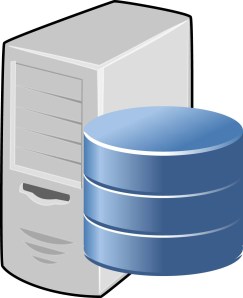

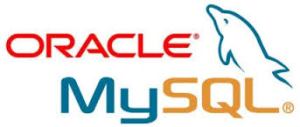
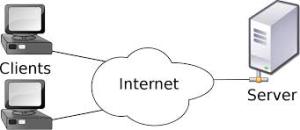



















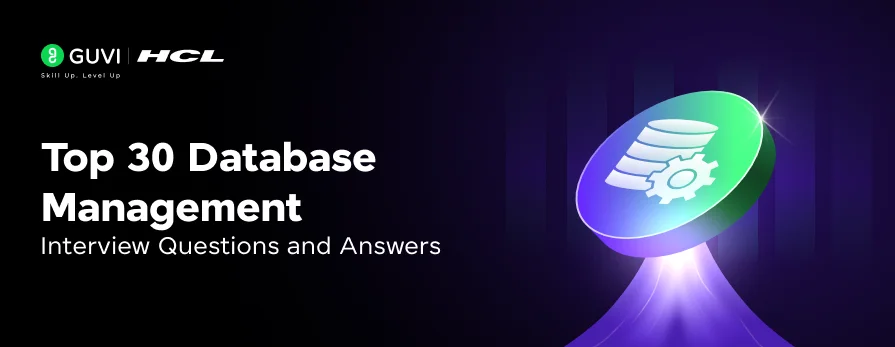
![Mastering Database Optimization: Advanced Indexing Techniques for Performance [2025] 8 Feature Image - Mastering Database Optimization Advanced Indexing Techniques for Performance](https://www.guvi.in/blog/wp-content/uploads/2024/04/Feature-Image-Mastering-Database-Optimization-Advanced-Indexing-Techniques-for-Performance.webp)
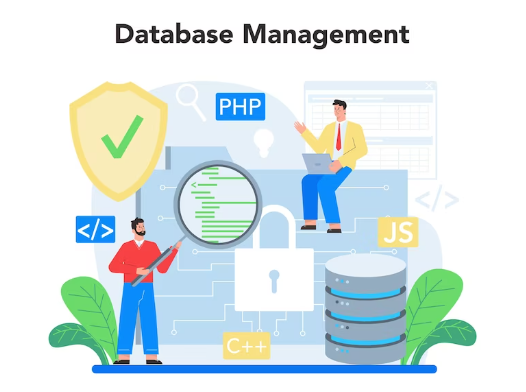
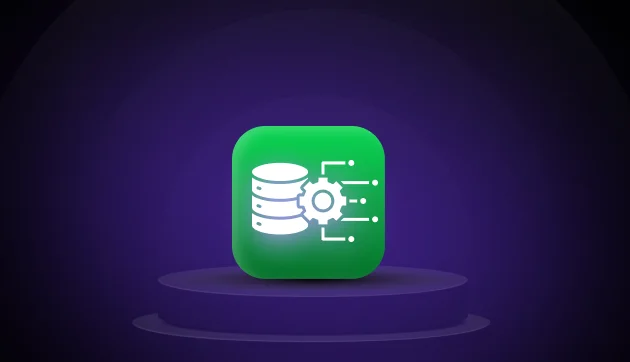
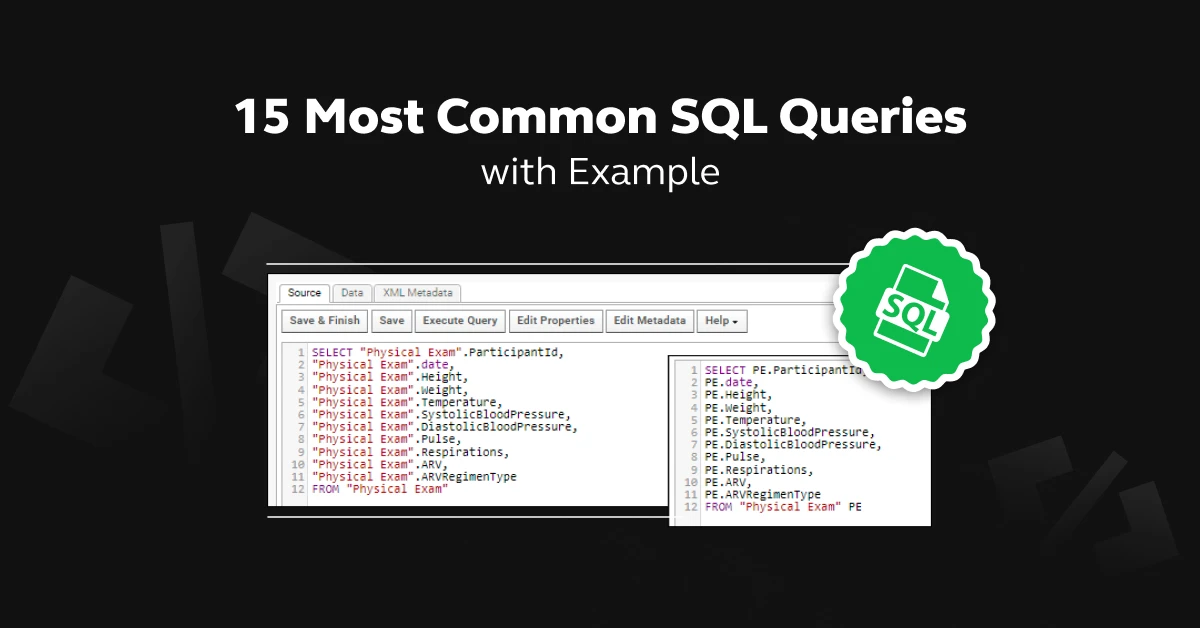
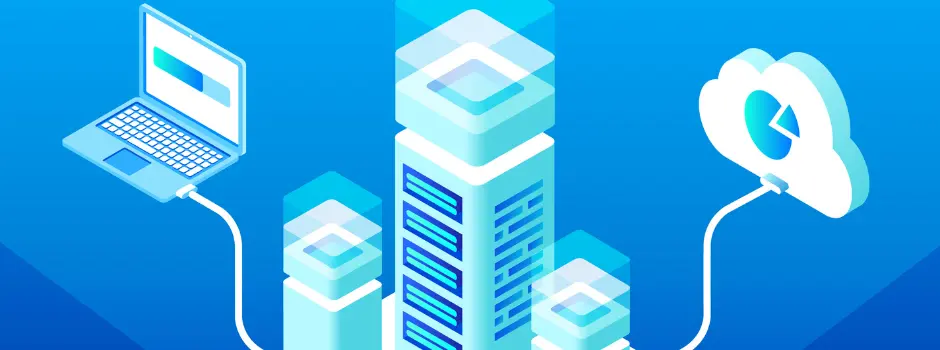
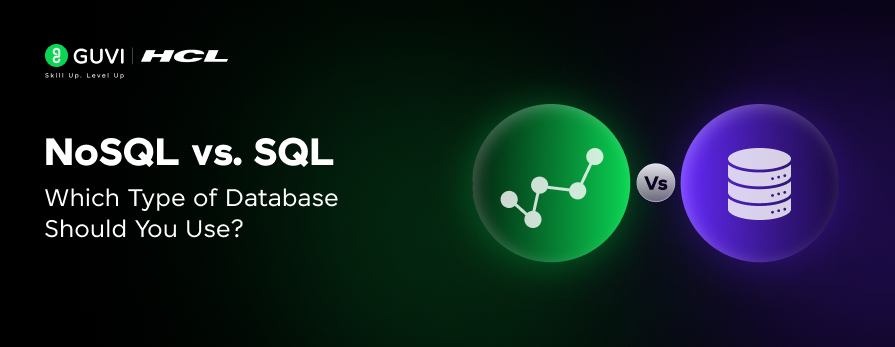

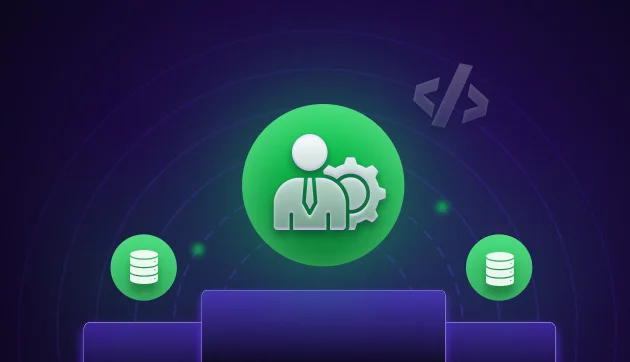

Did you enjoy this article?